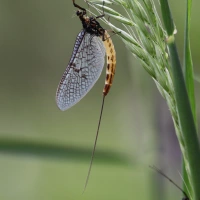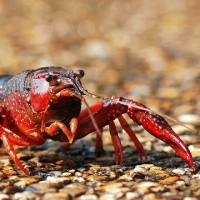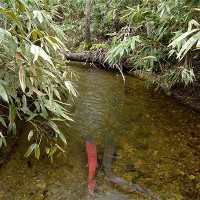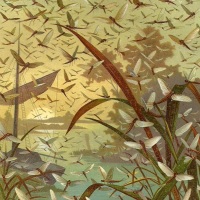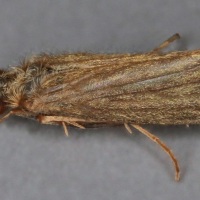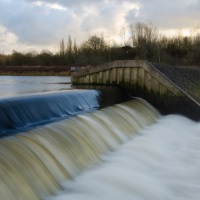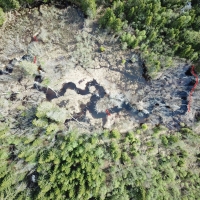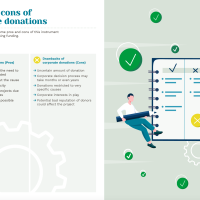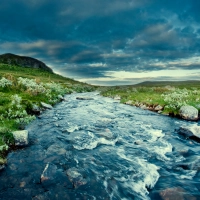Reflections on Rio+20: Implications for Freshwater Biodiversity
There has been a great deal of discussion surrounding the outcomes of the recent Rio+20 Earth Summit. In this guest post, Will Bibby asks if there was anything in the conference commitments for freshwater biodiversity or it was little more than just one big talkfest.
There were no new agreements, no bold targets. In fact, there was very little in the way of concrete proposals at all. The conference was essentially a reaffirmation of the UN’s commitment to the principles of sustainable development established at the first Earth Summit 20 years ago. There were a few tweaks and some re-branding along the way, but all in all the draft conference document was painfully unambitious. That being said, it’s not all doom and gloom: over 700 voluntary commitments were signed by governments, NGOs and companies. Collectively, these commitments mobilize over $500 billion in actions towards sustainable development. Unfortunately, only a small handful of these commitments offer anything for freshwater biodiversity.

Photo Credit: Aliencrow, 21 June 2012, Wikimedia Commons
Though not one of the ‘critical issues’ listed above, biodiversity conservation received a reasonable amount of coverage during the conference. One of the principles of the ‘green economy’, for example, is to protect and restore biodiversity and natural habitats as integral to development and human well-being, and develop a system of governance that protects the resilience of ecosystems to prevent irreversible damage. One concrete voluntary commitment was to provide the International Union for the Conservation of Nature (IUCN) with an extra $120 million to improve the conservation status of species and ecosystems. Another development was the announcement that the Global Environment Facility (GEF) would be expanding its scope to include a broader range of concerns and fund more projects that protect biodiversity. In general, however, the focus was largely on terrestrial (particularly forest) and marine biodiversity, with freshwater biodiversity conservation receiving few explicit mentions in official documents.
The two most significant commitments to come out of Rio+20 for freshwater biodiversity are efforts to generate a better understanding of the ecosystem service value of water and wetlands and a project to harmonise global biodiversity modelling, called the HarmBio partnership.
The first of these commitments aims to build global capacity on using the Economics of Ecosystems and Biodiversity (TEEB) approach for water and wetlands policy and decision-making. Led by the Ramsar Convention of Wetlands in partnership with the CBD, UNEP, IUCN, among others, its goal is to encourage policy momentum and business commitment for the conservation, investment in, and wise use of freshwater and wetland ecosystems5.
The main objective of the HarmBio partnership is the harmonization of current models and datasets of terrestrial, freshwater and marine biodiversity to improve the reliability of future projections of biodiversity change under various policy options and so enable improved environmental decision-making6. It aims to address the problem that there are neither agreed metrics of biodiversity produced as standard outputs from models, nor are there common datasets used for calibration and validation by modelling efforts – an issue that aligns with the aims of the BioFresh project!
In short, the HarmBio project and TEEB approach to freshwater and wetlands policy-making represent the most promising commitments to emerge from the summit, and the increased funding for the IUCN and scope of the GEF may have some ‘downstream’ effects for freshwater biodiversity conservation. All in all though, freshwater biodiversity barely got a look in at Rio+ 20. This once again underlines again the challenge of raising the policy profile of freshwater biodiversity.
Documents cited
UNCSD 2012, ‘Rio+20 Voluntary Commitments’, .
2 Stoddart H., Riddlestone S. & Vilela M. 2012, ‘Principles for the Green Economy’.
3 UNCSD 2012, ‘Valuing and conserving nature for a sustainable future’
6 UNCSD 2012, ‘Harmonizing Global Biodiversity Modelling (HarmBio)’





